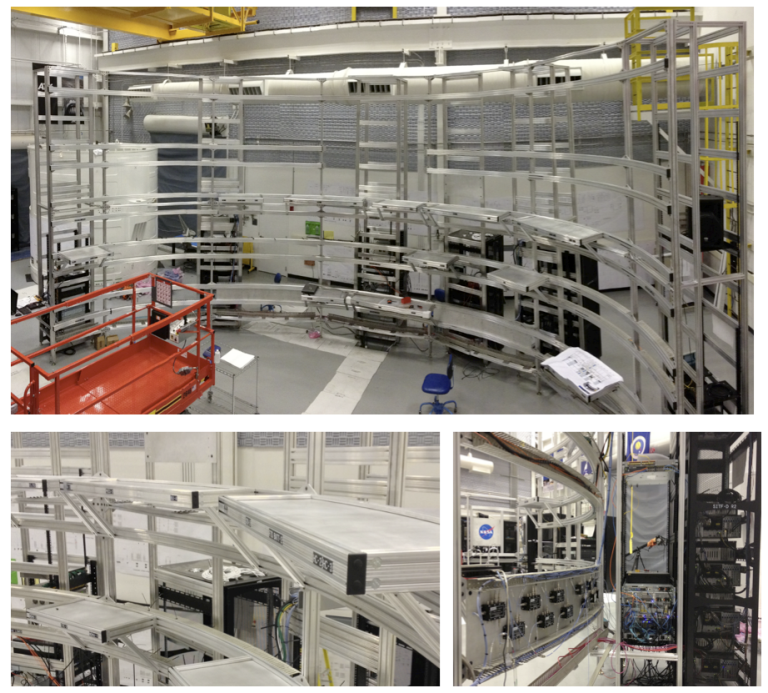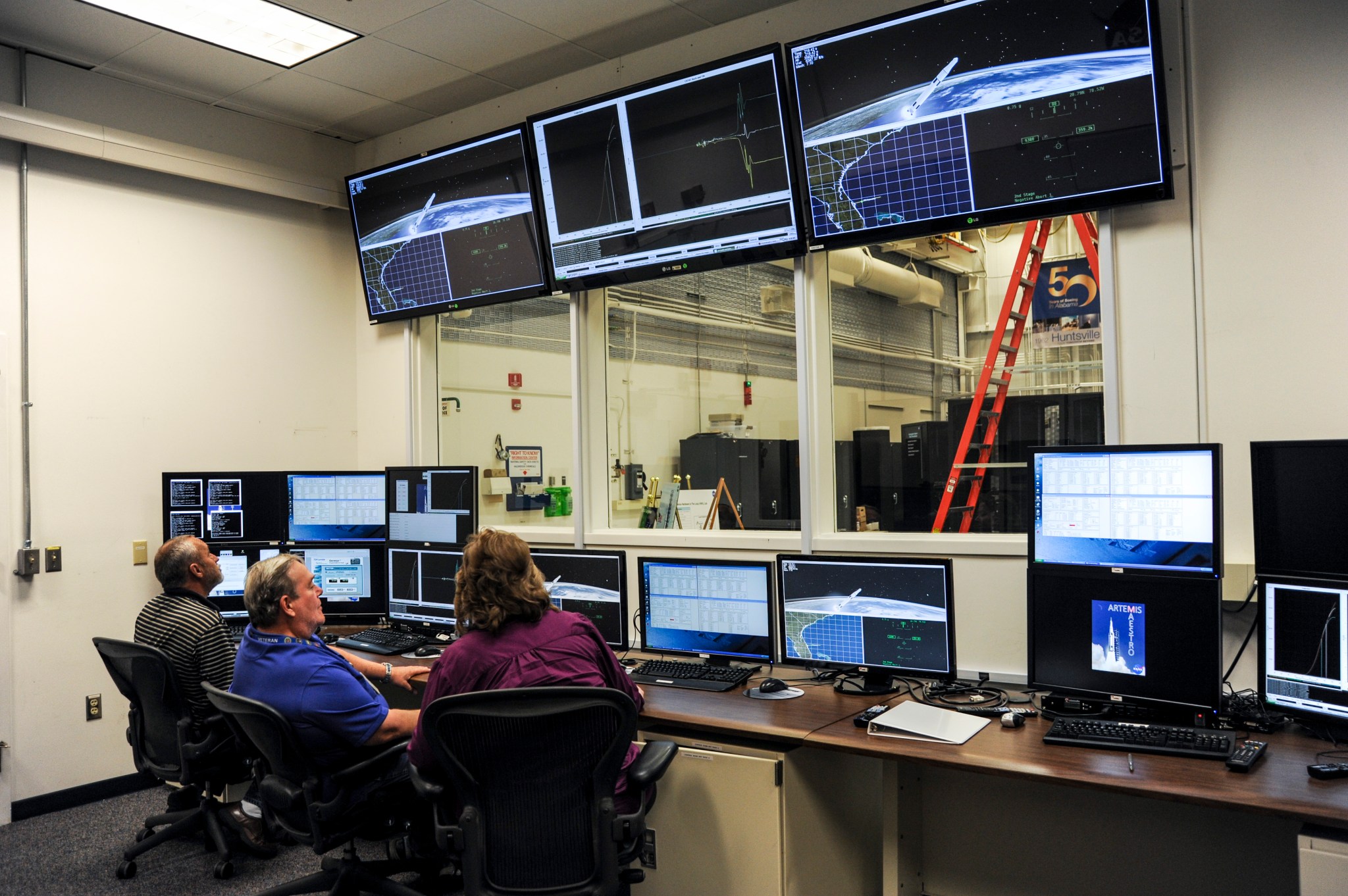The nervous system in the human body controls everything a person does, including walking, thinking and feeling. Avionics is much like that complex collection of nerves and cells, only instead of a human body, it will guide the largest, most capable rocket ever built — NASA’s Space Launch System (SLS) — to deep-space missions.
“The body couldn’t function without the nervous system, and similarly, SLS couldn’t fly without avionics,” said Lisa Blue, stages avionics system manager in the SLS Program Office at NASA’s Marshall Space Flight Center in Huntsville, Ala. Avionics and flight software are being tested and developed at Marshall, which manages the SLS Program for the agency. “Avionics will ‘tell’ the rocket things like where it should go and end up, and how it should gimbal, or pivot, the engines to keep on the right trajectory.”
Avionics and the flight computer will be housed in the SLS core stage. When completed, the core stage will be more than 200 feet tall and store cryogenic liquid hydrogen and liquid oxygen that will feed the vehicle’s RS-25 engines.
Preparing for Flight
The SLS avionics team at Marshall has received six of seven core stage flight computer development units from The Boeing Company — the prime contractor for the SLS core stage, including avionics. The units are being used to develop the flight software for the SLS. The other development unit is scheduled to be delivered in December.
The SLS flight computer has the highest processing capability available in a flight avionics computer and is being developed by upgrading existing component and board designs that have been used in communication satellites.
“The flight software development and testing is underway at Marshall’s Software Development Facility in an effort to rapidly mature and ensure implementation of a safe and highly reliable avionics and software system,” Blue said.
Once testing is complete at the Software Development Facility, the launch vehicle’s software will be installed and tested in the System Integration Test Facility later this year at Marshall.
“This will be the first time we’ll have all the hardware and software, and be able to test them as a cohesive system — a big step for avionics being ready for the first flight of SLS,” Blue said. “These units will be replicating what will actually fly the rocket, and we’ll run simulations to see how SLS will perform in space.”
All avionics components have completed their preliminary design review, and many have completed critical design review, two agency milestones that must be passed to show systems, cost and schedule requirements can be met. In 2015, the avionics will be shipped to NASA’s Michoud Assembly Facility in New Orleans, where the core stage is being manufactured, and integrated onto the actual rocket.
The first flight test of the SLS, which will feature a configuration for a 70-metric-ton (77-ton) lift capacity and carry an uncrewed Orion spacecraft beyond low-Earth orbit to test the performance of the integrated system, is scheduled for 2017. As the SLS evolves, it will provide an unprecedented lift capability of 130-metric-tons (143-tons) to enable missions even further into our solar system to places like Mars.




























